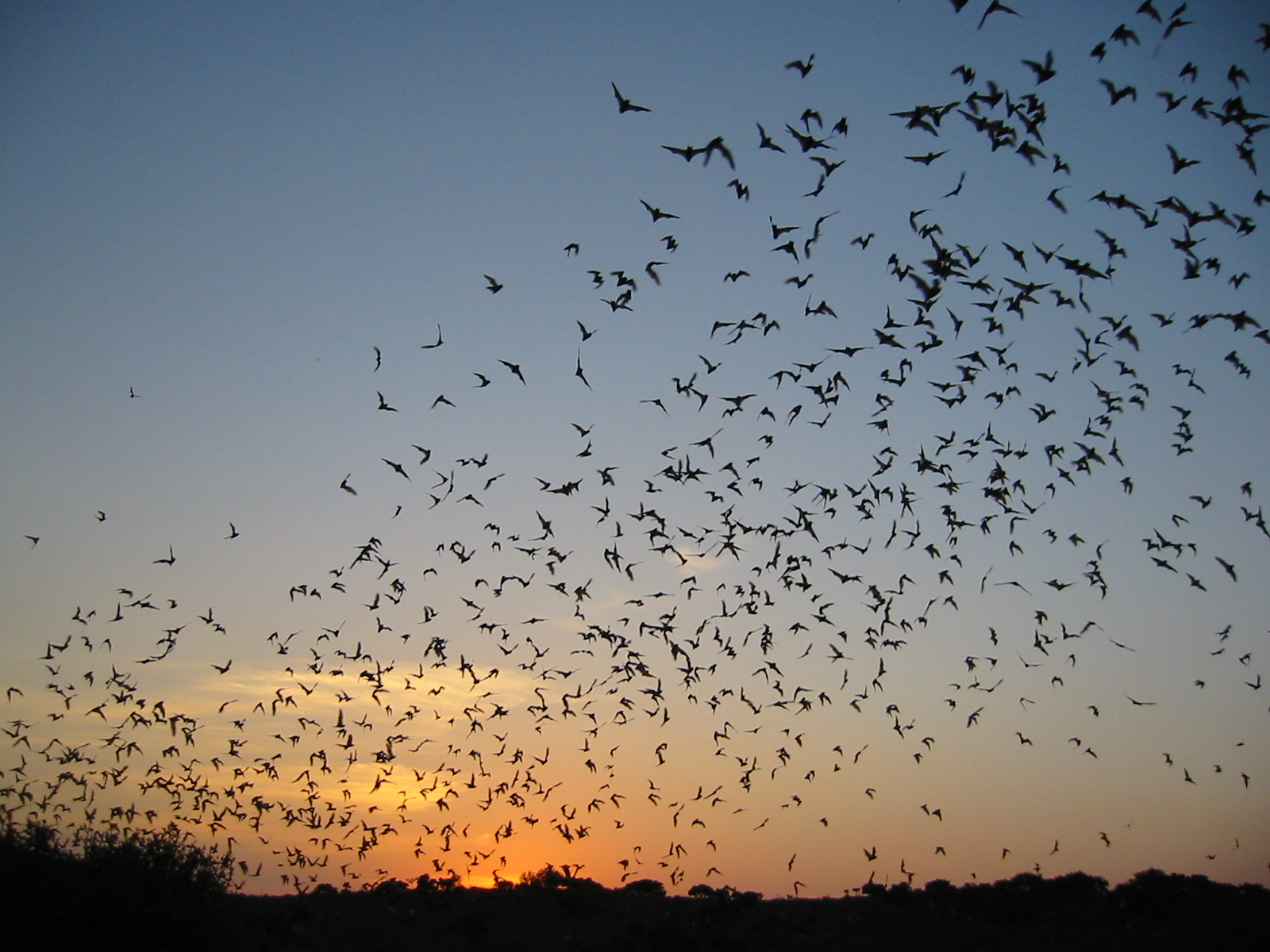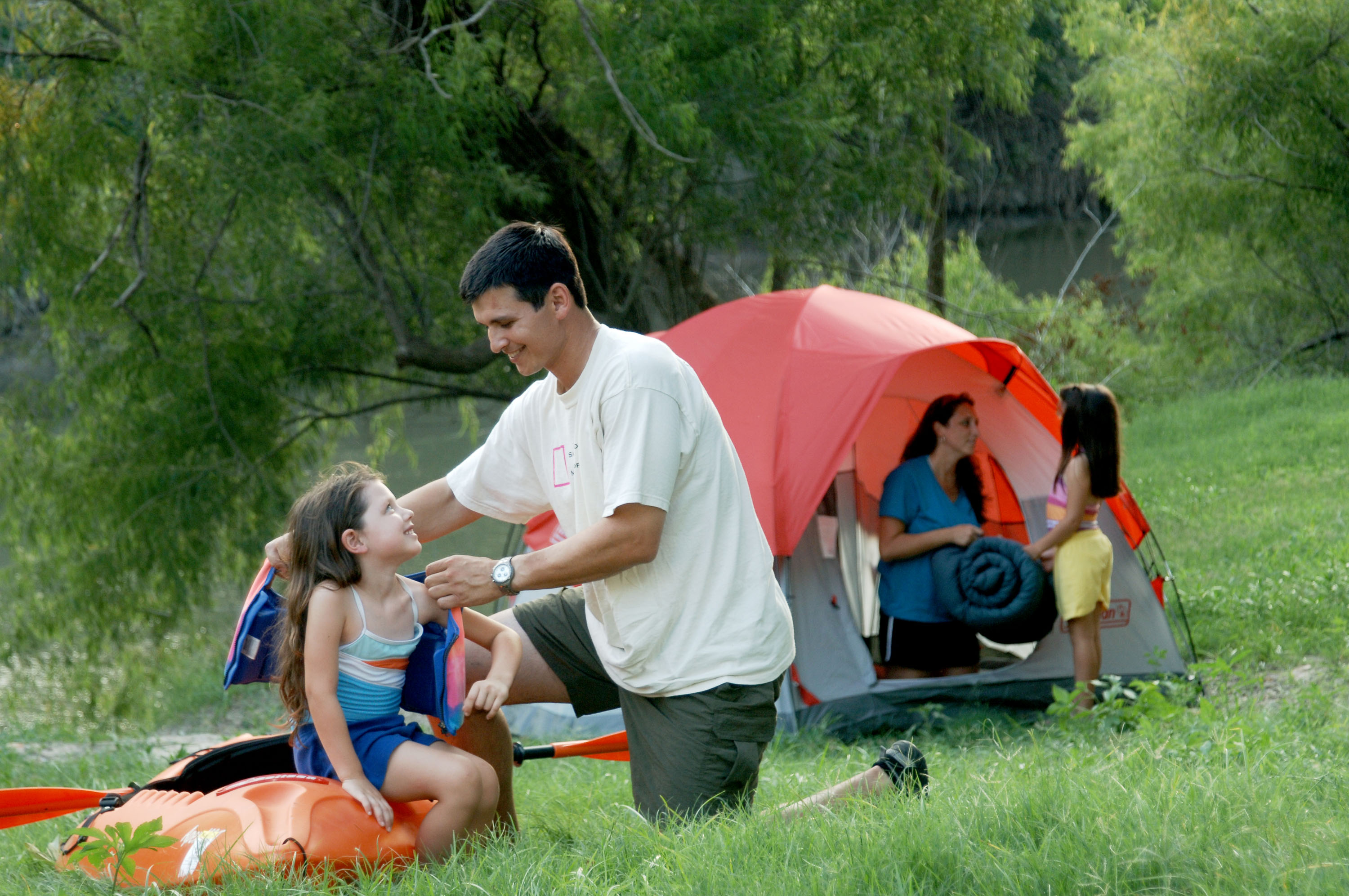Wildlife: Origin of White-Nose Syndrome
Friday, September 21st, 2012
Frio Cave Bat Emergence
This is Passport to Texas
Geomyces destructans is a cold-loving fungus responsible for White Nose Syndrome that kills cave hibernating bats. It’s new to North America; when discovered six years ago, Scientists hypothesized it came from Europe.
14—This year a paper came out that demonstrates and provides the strongest support that, yes, this is a new fungus that arrived from Europe. It adheres to the novel pathogen hypothesis. And that’s why the bats are so susceptible to it here.
Katie Gillies, imperiled species coordinator at Bat Conservation International, says the novel pathogen hypothesis suggests because it is the bat’s first exposure to the fungus, they have no defense against it. Sampling of European caves provided answers to its origin.
14—They went around to several sites in Europe, and took fungal swabs, and grew them on cultures. And then sequenced the genomes for those fungi, and the found a match basically for the Geomyces destructans that’s here.
Scientists hypothesize the fungus struck thousands of years ago in what is now Europe, perhaps giving bats the opportunity to adapt to its presence.
20— The bottom line is we’re going to see this big die-off; it’s probably not going to kill every single bat on the landscape, but we’re going to see a significantly different composition of bats on the landscape as a result of this. And the species that are impacted, they will absolutely not recover in our lifetime. I mean, it will be many, many, many generations before they’re able to recover.
Find more information about white nose syndrome and our role in preventing its spread at www.batcon.org.
For Texas Parks and Wildlife…I’m Cecilia Nasti.

_free-tailed_bats_in_flight--~thomas_kunz,_boston_university.jpg)




 Passport to Texas is a
Passport to Texas is a  Passport to Texas is made available by:
Passport to Texas is made available by: